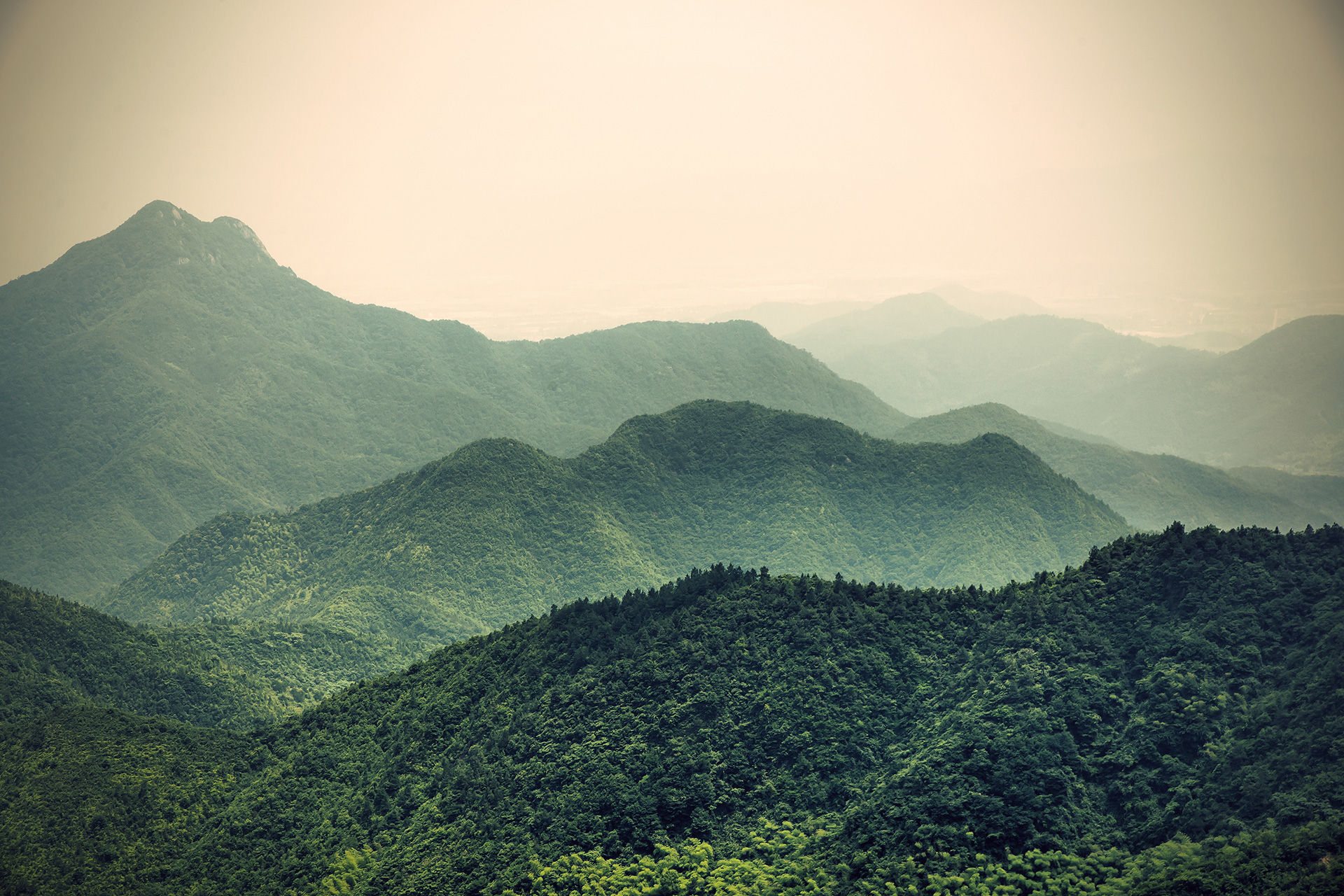Whoa! What Happened in the Woods?!
- Rolling Ridge

- Mar 25
- 4 min read
If you’ve walked the northern section of the Conservancy this past year you likely became aware of a timber harvest carried out last winter. It has changed the look and feel of this area significantly and understandably you might be wondering why. Why was a harvest conducted and what is the goal of this work?
I don’t need to talk about why we protect forests these days. But what it means to protect and steward a forest can be a bit more complex. Our forests face a host of challenges these days. Pressure from development, droughts, floods, and invasive species are a short list among many. The absence of historic species and conditions endemic to our forests is also a crippling aspect of our current reality. Without the disturbance from animals like beaver and wood bison, fire from cultural burning practices, and the balancing impact of apex predators like wolves, our forests are missing key elements that steer the ecology towards resilience through diversity of species and habitat.

If you’ve walked the northern section of the Conservancy this past year you likely became aware of a timber harvest carried out last winter. It has changed the look and feel of this area significantly and understandably you might be wondering why. Why was a harvest conducted and what is the goal of this work?
I don’t need to talk about why we protect forests these days. But what it means to protect and steward a forest can be a bit more complex. Our forests face a host of challenges these days. Pressure from development, droughts, floods, and invasive species are a short list among many. The absence of historic species and conditions endemic to our forests is also a crippling aspect of our current reality. Without the disturbance from animals like beaver and wood bison, fire from cultural burning practices, and the balancing impact of apex predators like wolves, our forests are missing key elements that steer the ecology towards resilience through diversity of species and habitat.
Our timber harvest was aimed at opening areas for sunlight to come through the canopy and generate young trees, seeded by the healthier trees that have been selectively left behind. We have prioritized supporting and regenerating a higher percentage of oaks because they are a critical species in our forests. Oaks produce habitat, food, and a host of relationships above and below ground that are foundational to this local ecology. We have seeded the harvested area with native wildflowers and grasses that can serve as food for pollinators and herbivores while offering protection for tree seedlings.
Without a disturbance of this kind, we would continue to see the natural process of trees aging and dying with little resilience to sustain the ecosystem into the future. Shade tolerant tree species in the midstory would continue to fill the canopy and trend the forest away from oaks, diminishing the habitat opportunities and food production that are supporting populations of native wildlife.
Our work in this space will be ongoing as we monitor and attempt to mitigate the challenges of potentially recurring droughts and impacts of deer. Plantings to introduce absent species that are commonly associated with this forest type and region will be the focus of upcoming volunteer days and we hope you will join us in these efforts. We are excited by the potential of this work to increase biodiversity, resilience, and ecological value and we look forward to opportunities to share this forest’s regeneration with all of you who love and value this amazing space. We have prioritized supporting and regenerating a higher percentage of oaks because they are a critical species in our forests. Oaks produce habitat, food, and a host of relationships above and below ground that are foundational to this local ecology. We have seeded the harvested area with native wildflowers and grasses that can serve as food for pollinators and herbivores while offering protection for tree seedlings.
Without a disturbance of this kind, we would continue to see the natural process of trees aging and dying with little resilience to sustain the ecosystem into the future. Shade tolerant tree species in the midstory would continue to fill the canopy and trend the forest away from oaks, diminishing the habitat opportunities and food production that are supporting populations of native wildlife.
Our work in this space will be ongoing as we monitor and attempt to mitigate the challenges of potentially recurring droughts and impacts of deer. Plantings to introduce absent species that are commonly associated with this forest type and region will be the focus of upcoming volunteer days and we hope you will join us in these efforts. We are excited by the potential of this work to increase biodiversity, resilience, and ecological value and we look forward to opportunities to share this forest’s regeneration with all of you who love and value this amazing space.




Comments